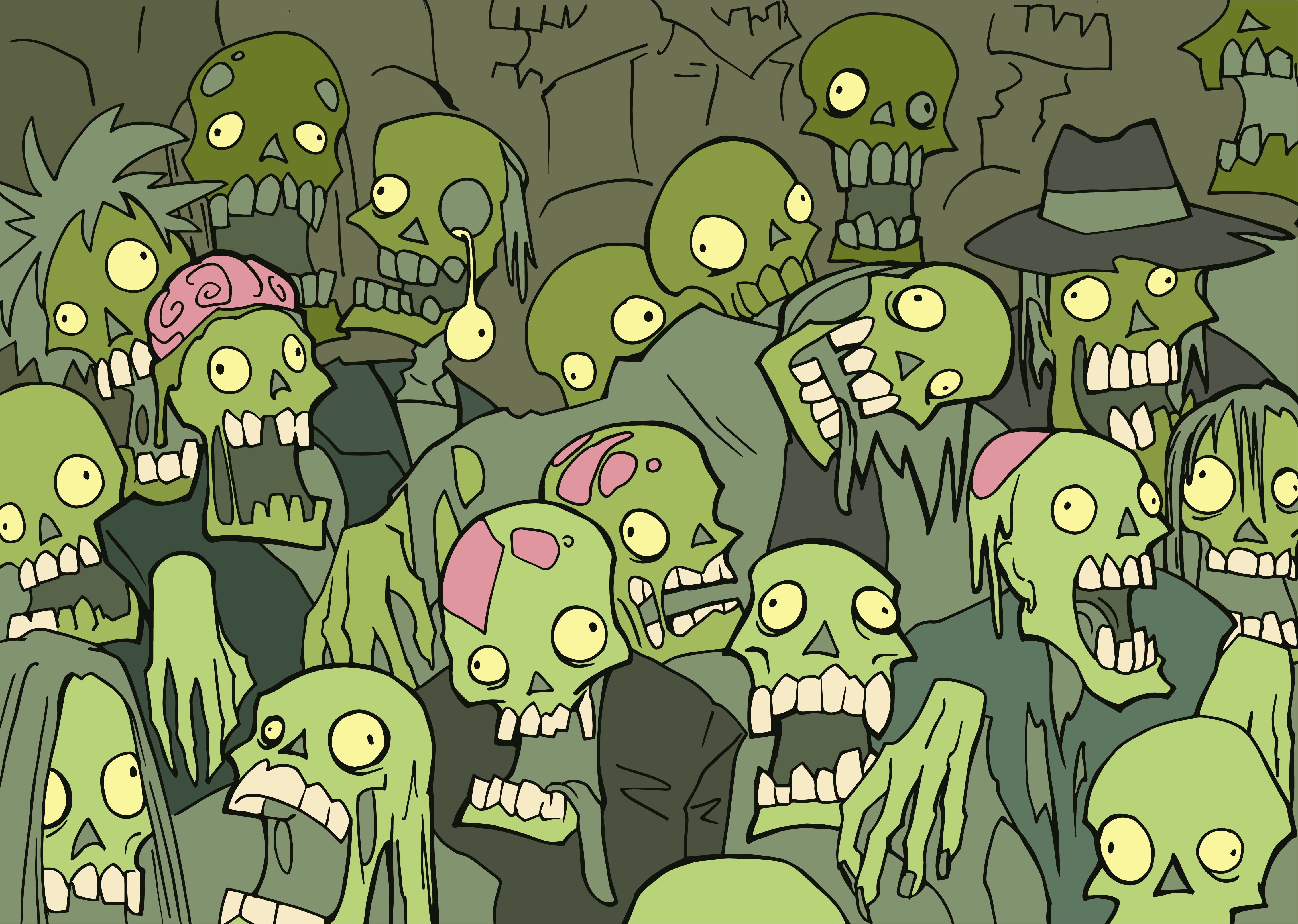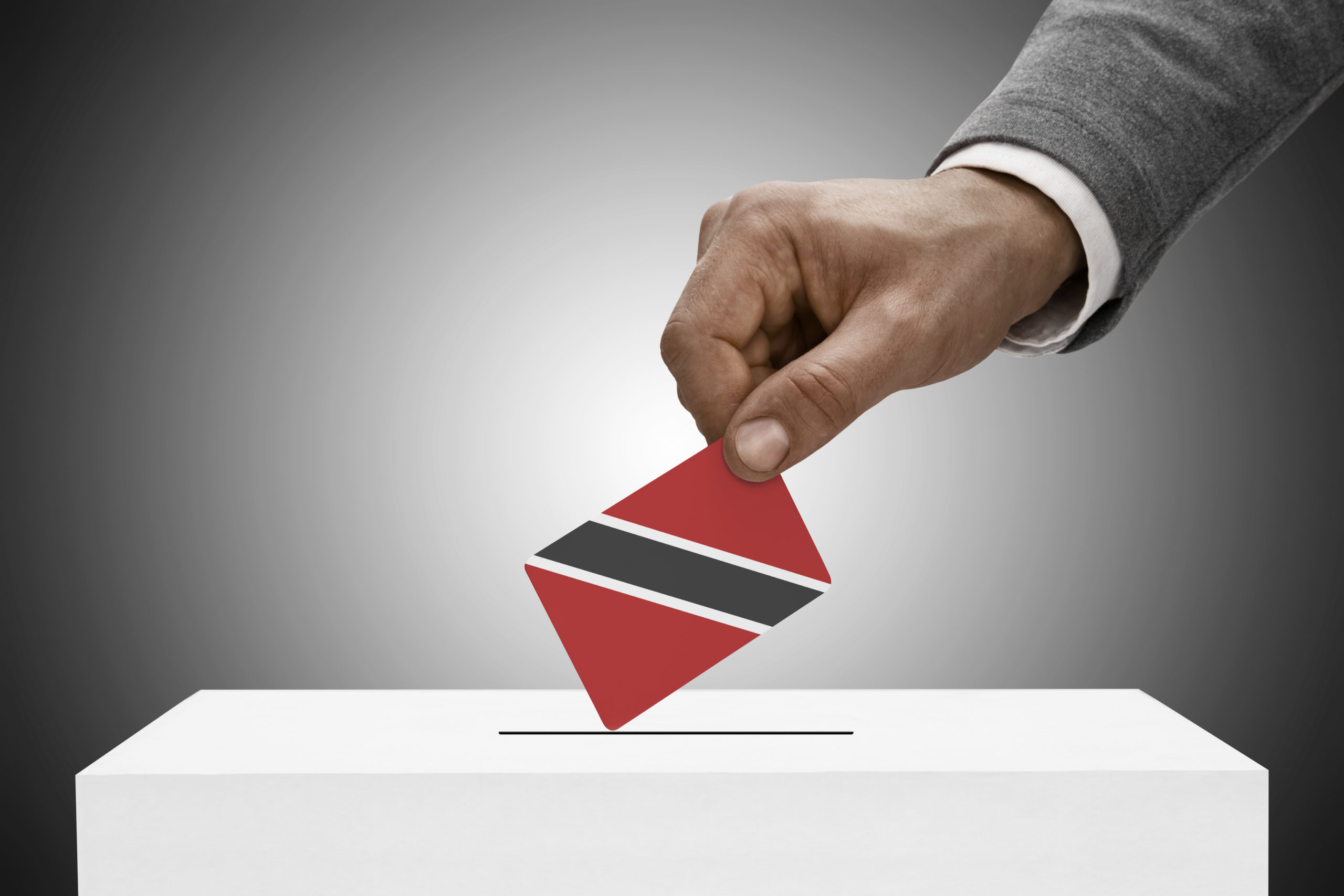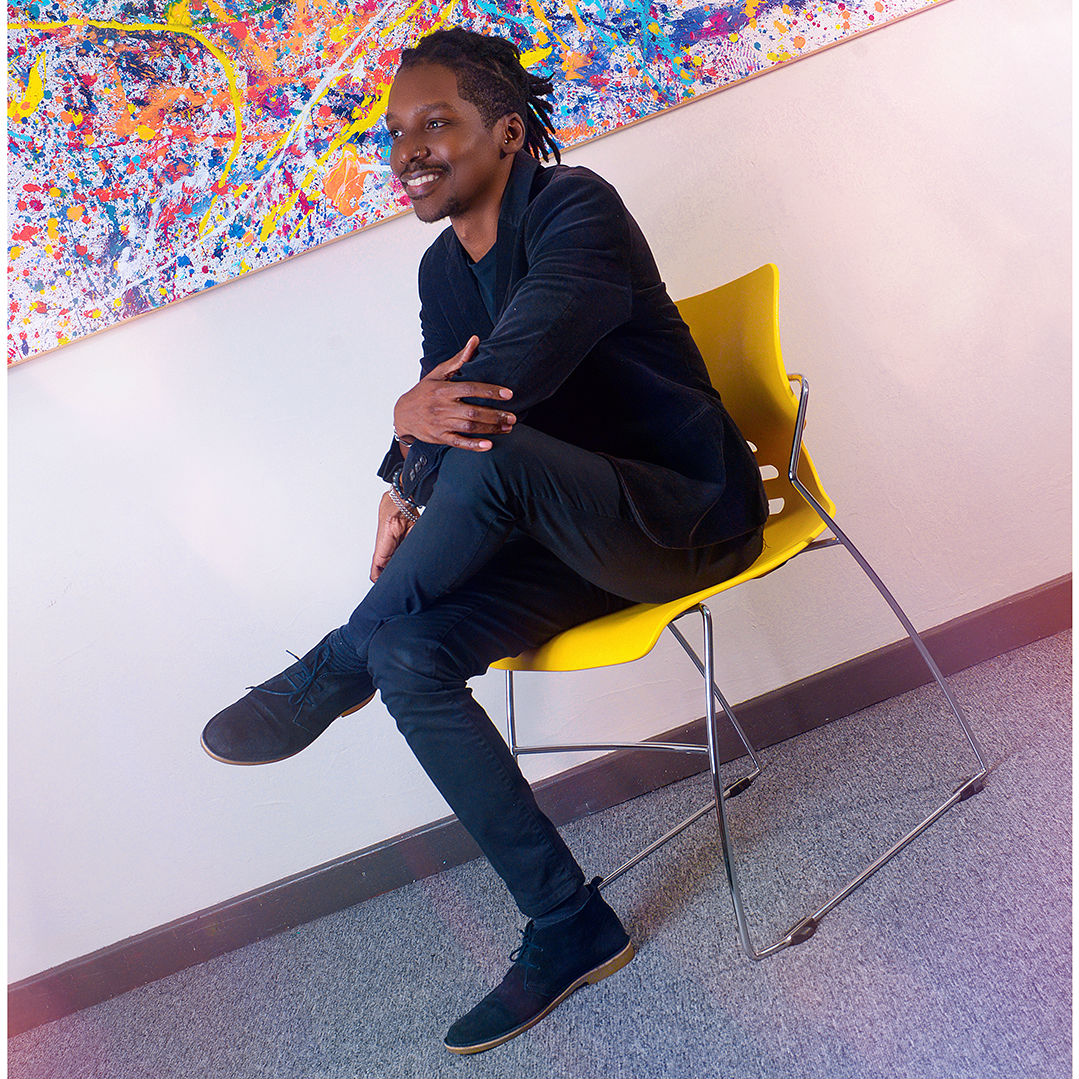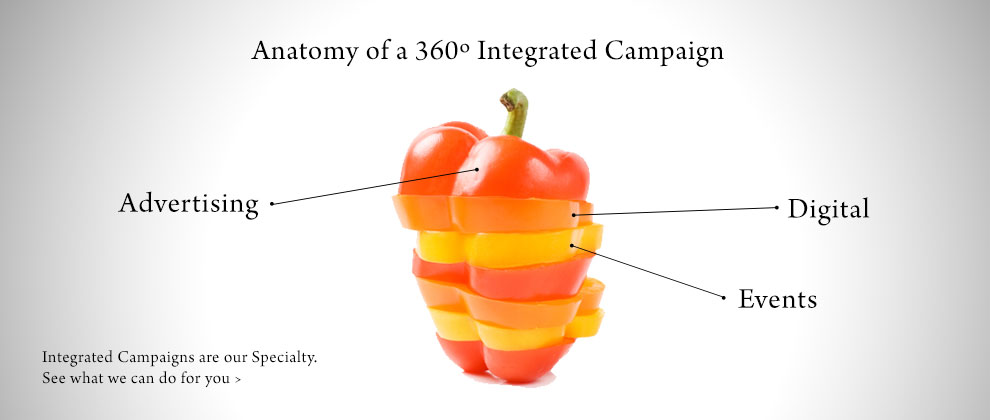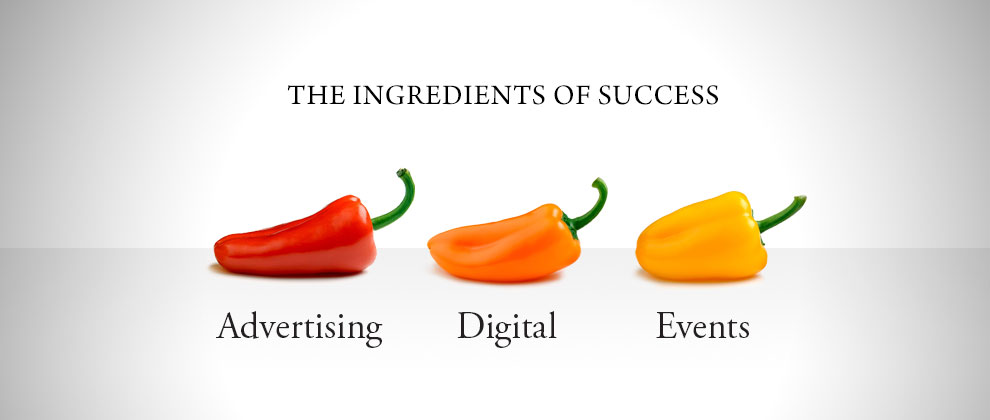Fear is the opposite of progress. And fear in advertising expresses itself as a sort of paralysis; an inability to create anything that doesn’t echo what is already around it. A good agency, good creative team, good freelance artist sitting at home routing in their boxers, good whoever— knows that this echo chamber is the death of creativity, and you have to step outside of your comfort zone to make anything that will truly connect with people in a unique way.
Whose Face is it Anyway?
Take, for example, our booming Shutterstock industry. Many clients and agencies now use this resource in a lot of our artwork rather than the more expensive option of shooting photography for each project, so we see a lot familiar faces cropping up again and again in our local media. No judgement on that— we all have a budget to work with, and these budgets shrink more every year.
Any graphic artist ever can tell you that there’s a slim range of people on Shutterstock that look familiar and recognizable to the average Trinbagonian. And then you have to find a way to include every creed and race in that one model, so your pool narrows even further.
It’s a heavy burden for one stiffly-posed-guy-laughing-in-a-business-suit to carry. You need hazel brown skin, ambiguously mixed-race features; or if we have space for more than one person, stick in a black person and an Indian person, to cover our bases. In advertising, that’s what we all look like. Except it really isn’t.
I remember sitting with a Chinese-Trinidadian coworker a few years ago, who was looking through pictures for an ad and commented sarcastically, “Well, you know there are no Chinese people in Trinidad, so we can’t use an Asian model.”
(Cue musical interlude of Alanis Morissette’s ‘Ironic’.)
(The irony is that she’s Chinese, and so am I, and we are also both Trinidadian.)
What Does Normal Look Like?
There are reasons we fall back on ‘shorthand’ when it comes to conveying information in advertising, and why that shorthand can shift easily into stereotyping if we’re not vigilant. We have a very large amount of information to get across, usually in a tiny space. So we put in a hot woman in a bikini to show you that our cars have sex appeal, or a happy family with mom, dad, one son and one daughter, because nuclear families are the most marketable.
But are they representative of our own homes? Is it an image that connects to local families across the country, of every shape and size? What would happen if we portrayed instead an extended family, with aunts and uncles, and grandmas, and a hoard of children; or a single mom with 2 sons who are half-brothers?
All around us are deviations from the ‘norm’ we are portraying in our media— a cookie-cutter image far too simplistic to represent our intensely varied Trinidad and Tobago. We can follow the mold like zombies or we can aspire to create something that is truthful to the world around us.
